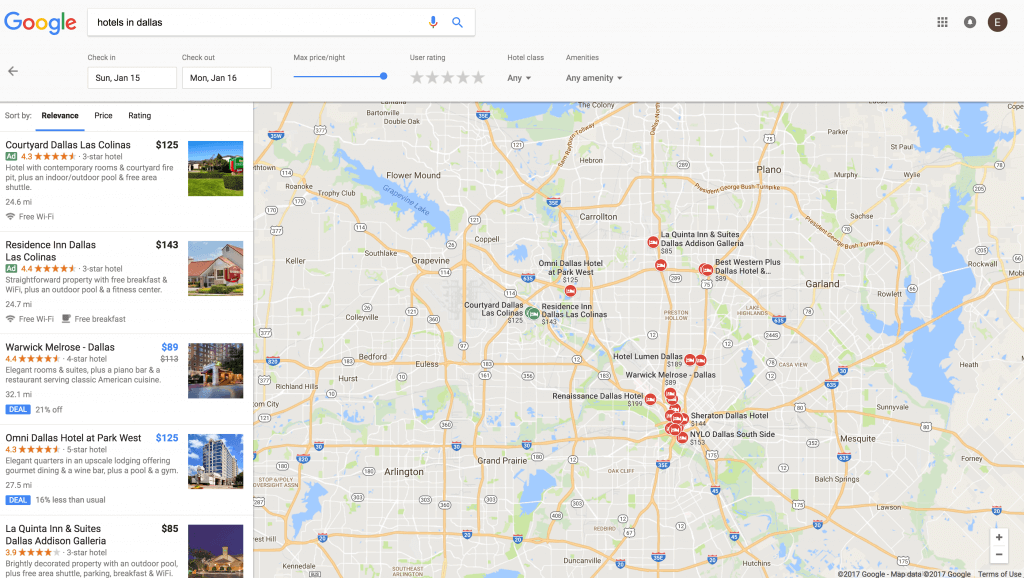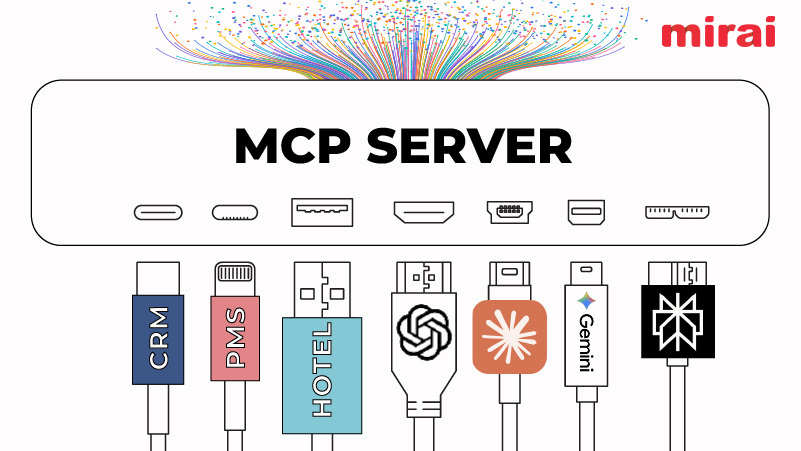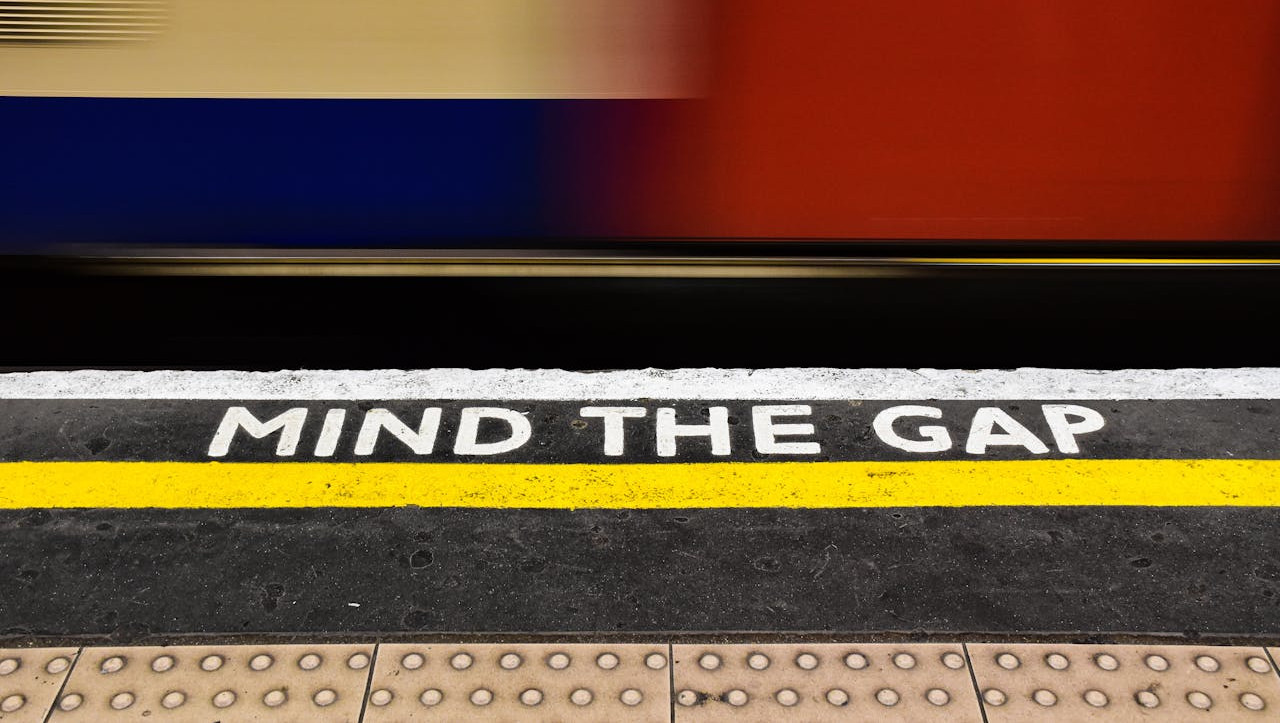
In this month’s webinar, we were joined by Sarah Kennedy Ellis, VP Global Marketing at Sabre, and Allyson Ladley Gibson, Innkeeper at The Inn at Kitchen Kettle Village, for an in-depth discussion on web content and how to use it effectively to connect with travel shoppers and drive more bookings.
We started with a study from TrustYou, which indicated that 91% of travelers turn to search engines first when looking for a place to stay. And when using Google’s summarized display (example below), they are most likely to click through to a hotel’s website to learn more. This suggests that your hotel website is your most trusted source for information about your property, and people will choose to visit it first before they consider what channel to book through.

We then looked at this article from Kissmetrics, which used the analogy of a bakery to demonstrate how to convert “window shoppers” into customers. In the context of a hotel, your website is your digital storefront, and your content is your warm greeting to visitors. Converting travel shoppers into paying guests is all about looks, perception, desire and emotional connection. The role of your content is to help answer their questions, build trust & likability, and validate their purchase decision.
Sarah from Sabre Hospitality looked at the growing influence of Millennials on the travel market. By 2018, Millennials will represent 50% of hotel shoppers, and their needs are very unique. They want to make a connection with your brand and are therefore more likely to consider booking direct. However, they are also less patient and faster to judge your website.
For that reason, your website must be visually-engaging, to help captivate and inspire. Images are the catalyst to dream, or the catalyst to make a decision quickly, and are what drives someone to click “Book Now.” According to Sabre’s own research, 45% of all website views focus on accommodation types, the photo gallery or special offers. These things are all highly visual and designed to inspire, persuade and motivate. This further validates that visuals need to be a core component of your content strategy.




